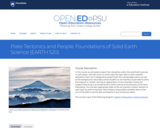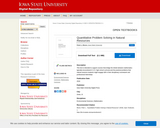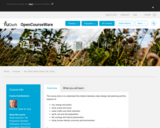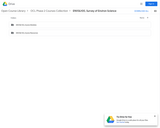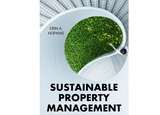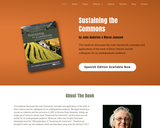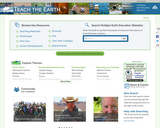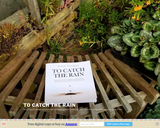Organic chemistry is a two-semester course (Organic Chemistry I, SCC 251 and Organic Chemistry II, SCC 252) required for majors in Biology. The SCC 251 course has been designated for the Integrative Learning Core Competency as well the Digital Communication Ability. This course emphasizes the synthesis, structure, reactivity, and mechanisms of reaction of organic compounds. Laboratory stresses various organic synthetic and analytic techniques (distillation, extraction, chromatography and spectroscopy).
This lab provided an opportunity for students to go deeper with the chemistry content by correlating to the concepts they learned in General Chemistry courses such as Valence shell electron pair repulsion theory (VSEPR), resonance, polarity, dipole moment, acid-base reactions, mole concept, thermochemistry and chemical kinetics. In addition, for the experimental part, applying the techniques such as qualitative analysis of ions, filtration, melting point, optical spectroscopy, and molecular modelling. This lab was performed at the end of the semester when students are familiar with basic organic techniques such as distillation, crystallization, thin layer chromatography (TLC) and column chromatography--techniques they learned previously in this lab. Overall, this lab was designed to develop critical thinking and integrative learning skills while introducing students to the porphyrin and green chemistry concepts. This experiment illustrates the several principles of green chemistry and is easily extendable to introduce topics in other chemistry courses such as NMR spectroscopy (1H, 13C and 19F NMR), material chemistry, click chemistry, coordination chemistry and environmental chemistry.
Learning outcomes that can be assessed using this lab include an understanding of laboratory procedures (methods and techniques), safety hazards, and instrumentation, understanding of concepts and theories gained by performing the experiment, collecting data through observation and/or experimentation (TLC and column chromatography), interpretation of the data (percent yield, UV-vis spectra), drawing conclusions and perspective of the experiment. The knowledge students gain during this process will be useful to connect with future chemistry courses and can also be utilized to do research.
LaGuardia‰Ûªs Core Competencies and Communication Abilities
Main Course Learning Objectives: Based on the principles and methods of green chemistry concept, students will be able to develop the ability to analyze and evaluate organic chemical reactions and processes. Gather, analyze, and interpret experimental data and graph the UV visible spectra using Microsoft excel. The ChemDraw program is used to increase classroom experiences in the preparation of high quality chemical drawings. This software is used to draw and submit chemical compound. ChemDraw Professional can also be used to predict properties, generate spectra, construct correct IUPAC names, and calculate reaction stoichiometry.
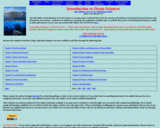
![Microwave Solventless Synthesis of Meso-Tetrakis (Pentafluorophenyl)Poprphyrin (TPPF20) and Tris(Pentafluorophenyl))Corrole [Chemistry]](https://vivaopen.oercommons.org/static/newdesign/images/materials/default-thumbnail-index.png)
